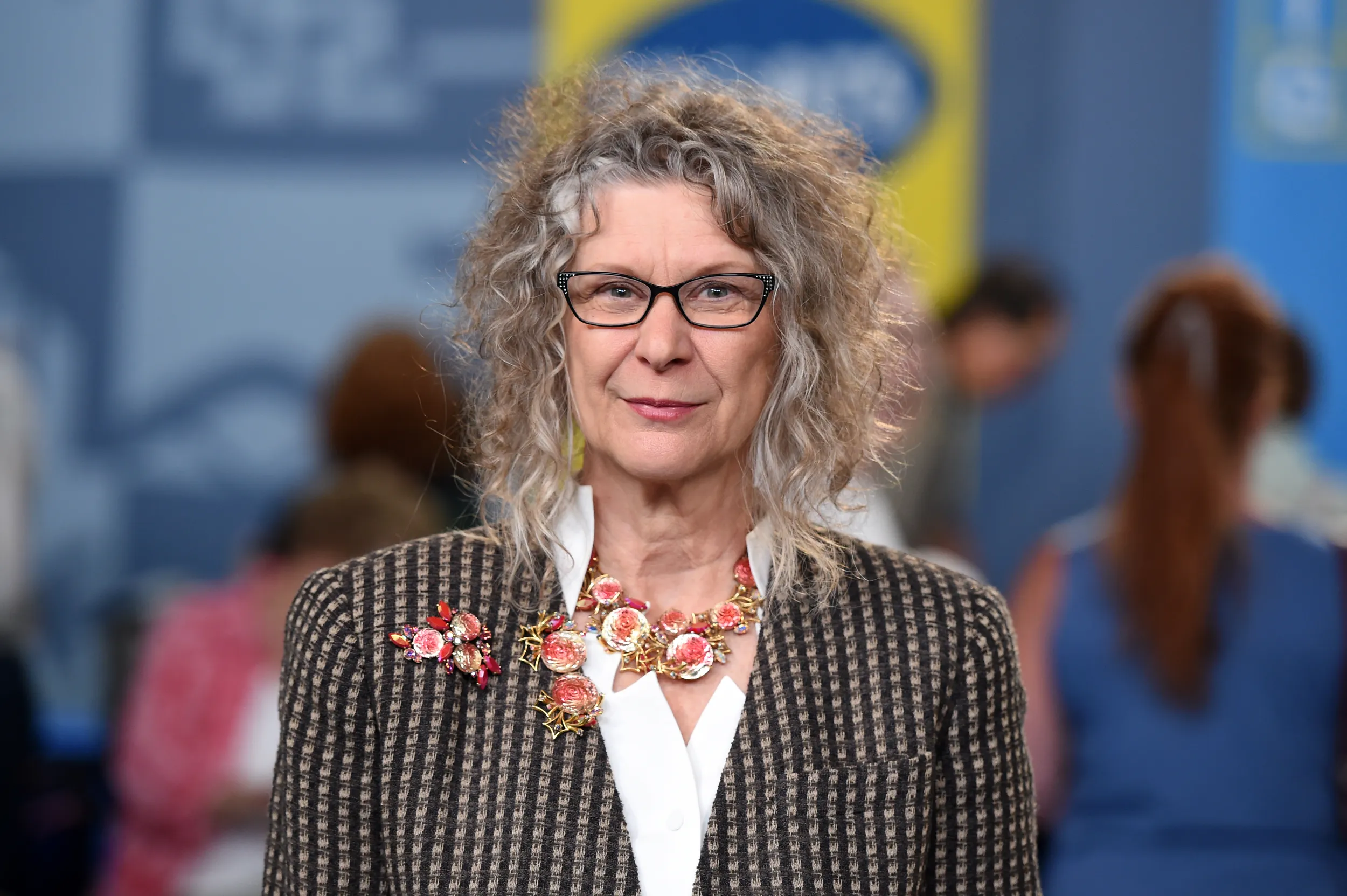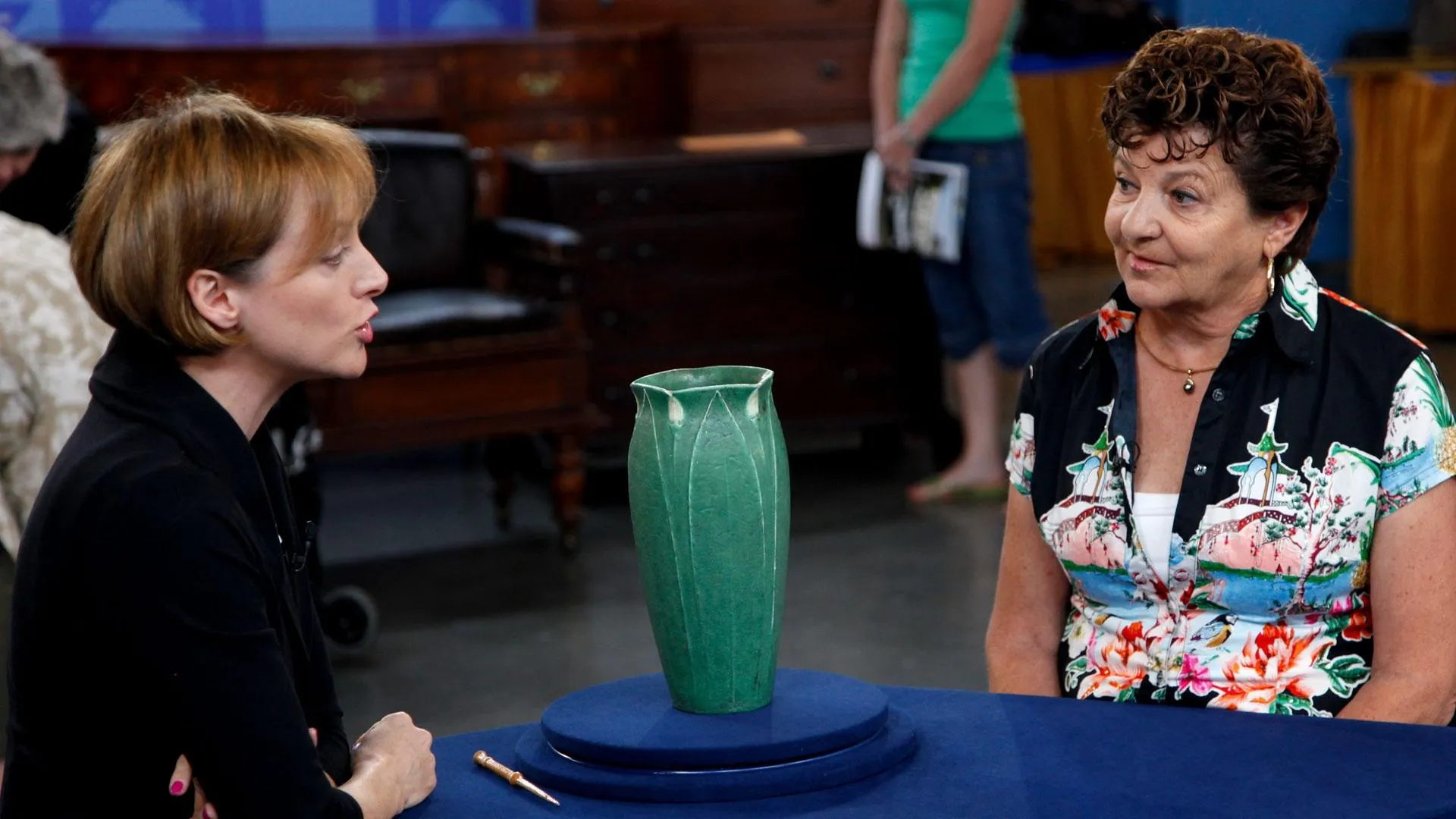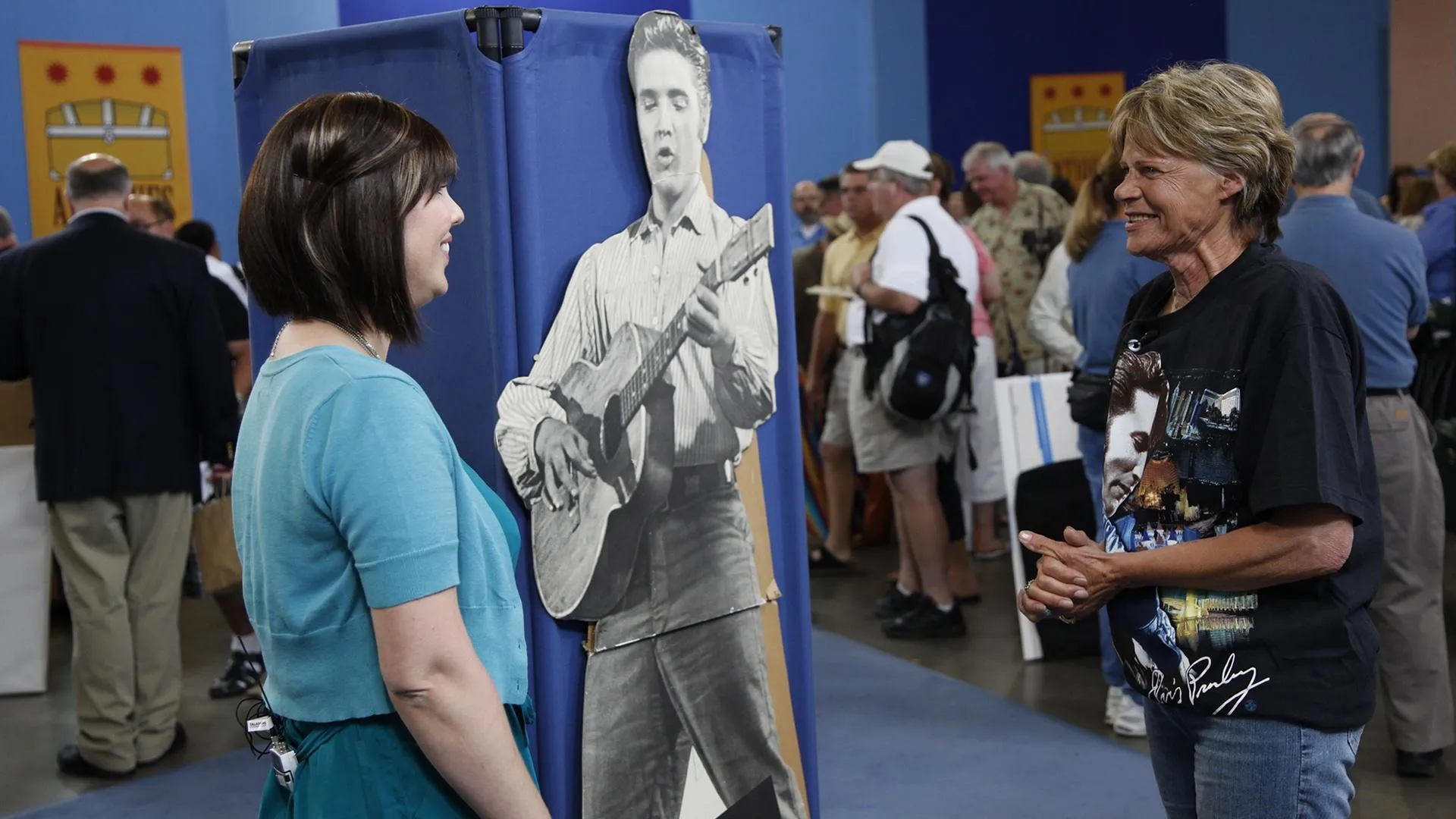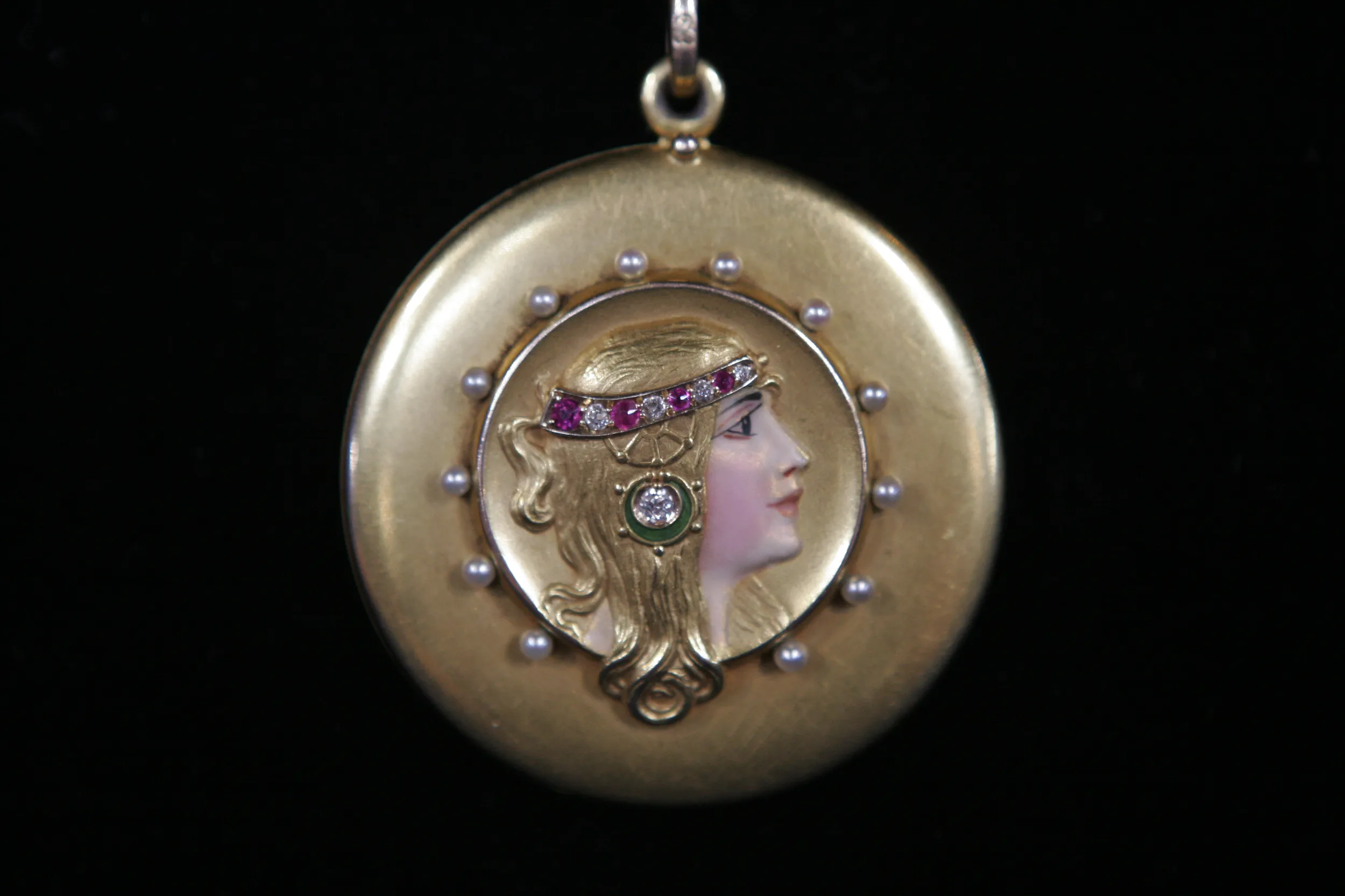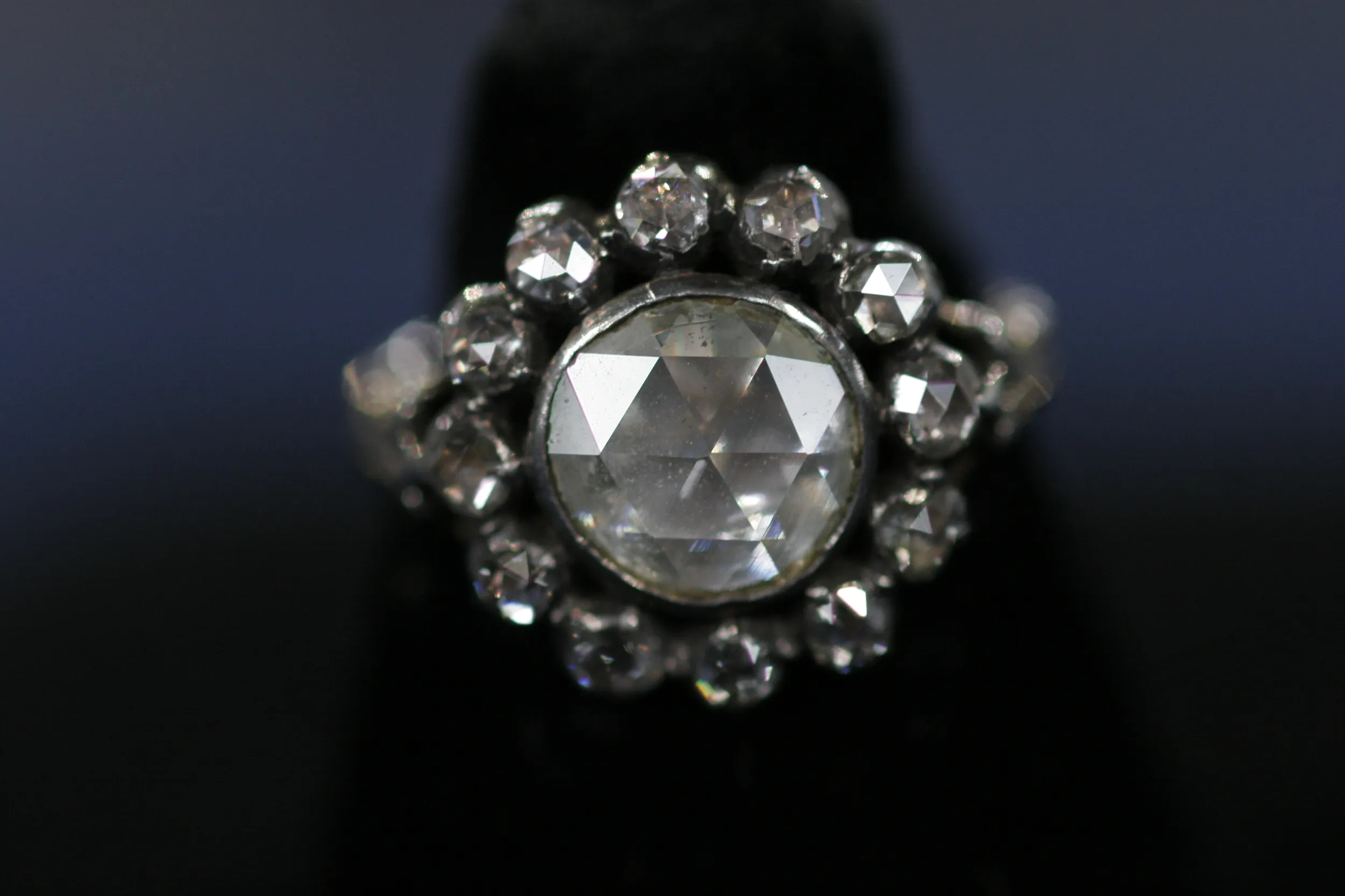GUEST: I have some Margaret De Patta pieces that I inherited from my mother and father. They were married in November of '49, and the ring is my mother's engagement ring. So I'm assuming that they purchased all of them at that time. I'm not sure.
APPRAISER: These are examples of a rebel. Margaret De Patta was a rebel in many ways. These were American studio jewelers. They were mid-century modernists. They were rebelling against the type of jewelry that was mass-produced. What they wanted to do was to deconstruct things and to make things sharp and clean. And they used not diamonds and gold and precious metals; they might have used sterling and some stones and some wood. And they were not for the masses; they were for the intellectual elite. And there was a group on the East Coast and there was a group on the West Coast. Now, Margaret De Patta was the leader of the West Coast group. She started making jewelry in the '30s and opened her workshop in 1935. But she didn't just design; she was actually hands-on. She made this jewelry herself, and she well marked it. I want to show you what the mark looks like. "De Patta," and then we have the capital M with a little dot over the M. Her technique was called constructivism. She just pared it down to the essence of what jewelry should be. Now, what we have here are iconic examples of her work. Very strong, clean lines. She used interesting stones. Right here we have rutilated quartz, and she favored sterling. On this piece down here, which is a matching pin and earring set, she's used ebony, which is a dark wood. The white material is chalcedony, which is an agate, and freshwater pearls. The ring is also rutilated quartz and sterling. On today's market, on a retail level, this brooch would be $3,000.
GUEST: Oh.
APPRAISTER: The pin and earrings would be $2,500. The ring by itself is $1,500.
GUEST: Oh, my.
